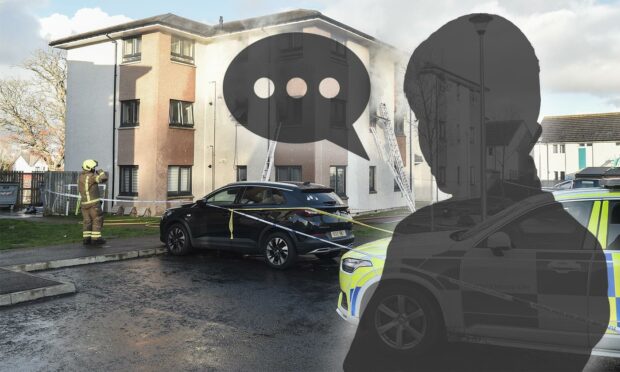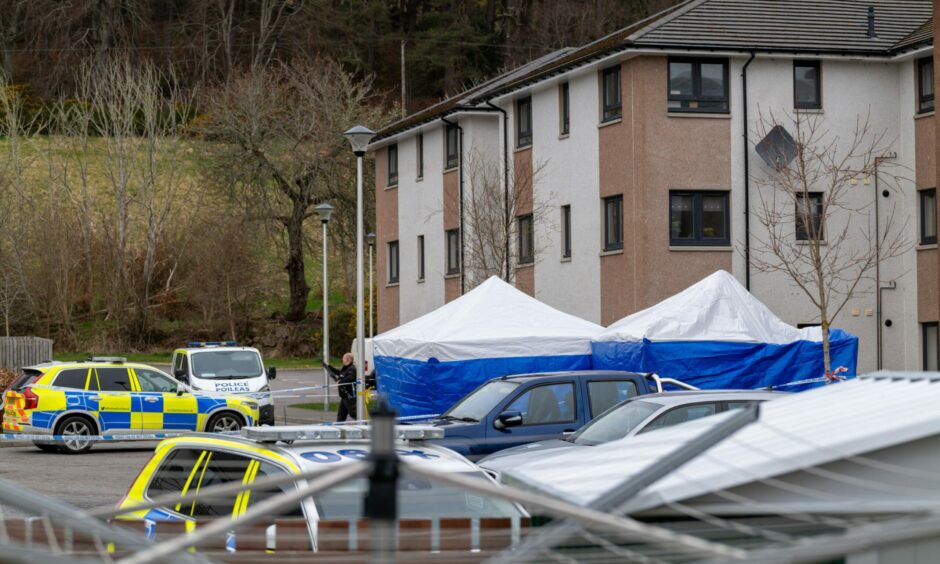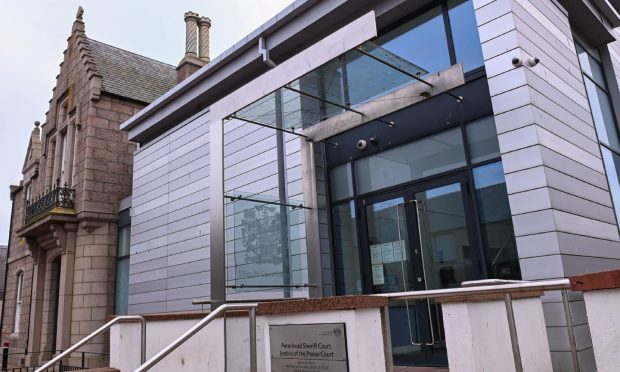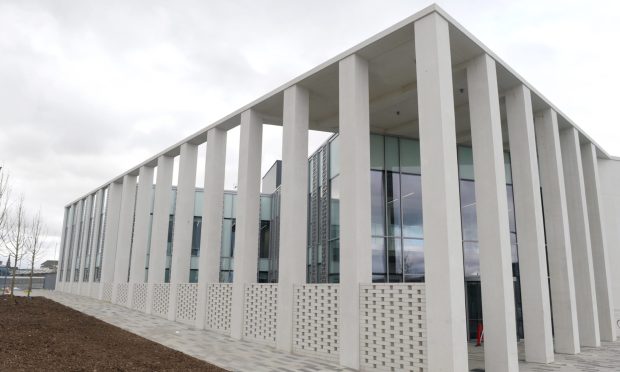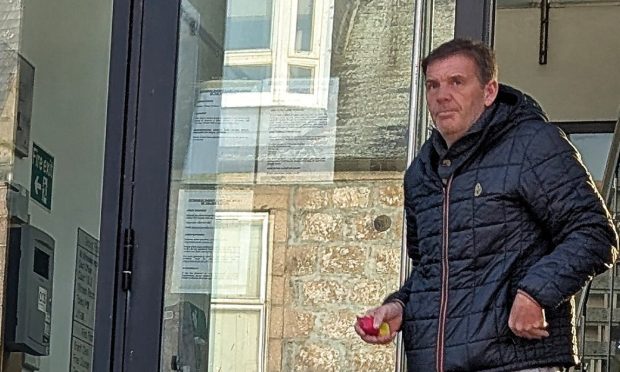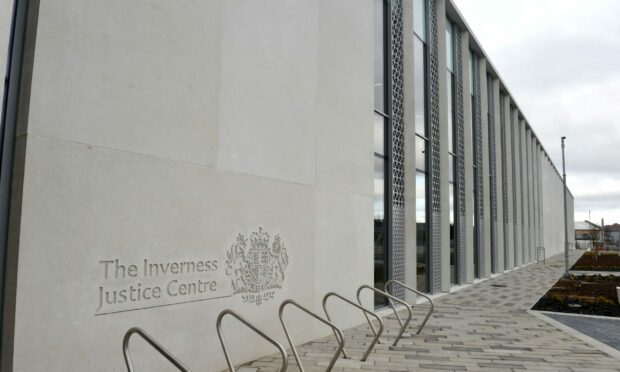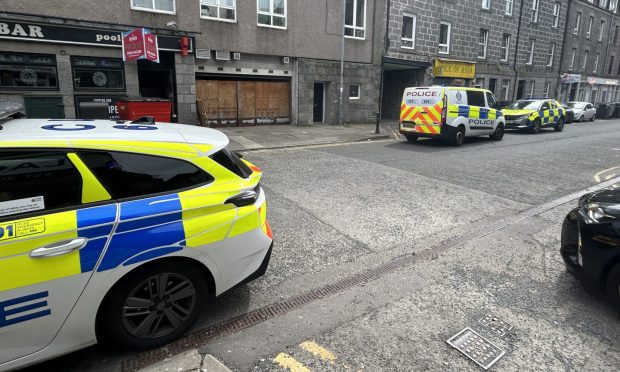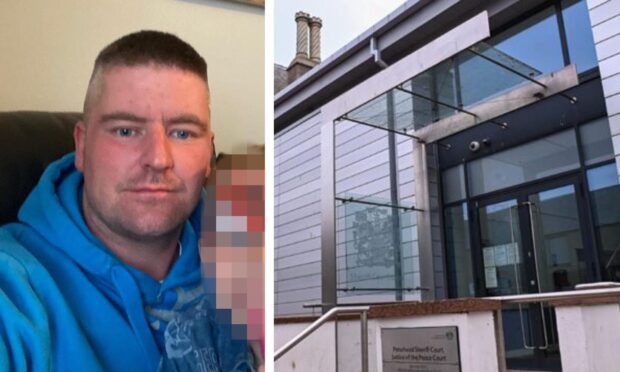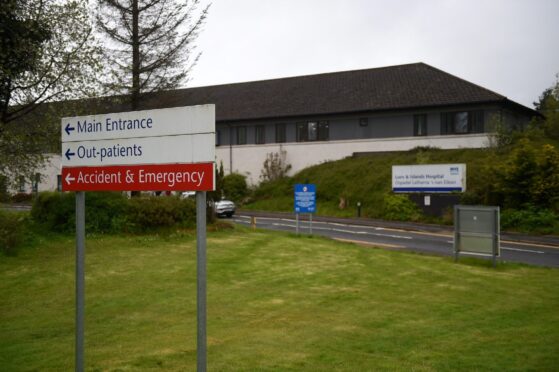Handling two major incidents requiring armed cops simultaneously in Inverness and Rothes was a “challenging” situation for the force, a police insider has told the Press and Journal.
On Thursday afternoon, two major incidents required large-scale emergency service responses, including the presence of armed officers, at almost exactly the same time.
A 22-year-old man in the Moray town was arrested and charged in connection with a breach of the peace and communications offences.
And a 40-year-old man was arrested after being shot by police on Polvanie View during a first floor flat fire in the Highland capital.
The incident in Inverness is currently being probed by the Police Investigations and Review Commissioner (PIRC).
In an exclusive interview, a person with police experience as a post-incident manager said: “It can be quite traumatic when you have to actually shoot somebody.
Fast decision-making
“Firearms officers must have very fast decision-making while knowing that everything they do is scrutinised.”
The source – who’s deployed to “plenty of firearms incidents” – explained that the police shooter will most likely be rested from frontline duties for a period of time.
“In practice, they would normally be taken off duties just for a break. It’s not in any way suggesting they’ve done anything wrong. It’s meant to be supportive,” the insider said.
Speaking about the watchdog’s investigation – described as a “long, involved process” – they added: “There might be follow up questions looking for clarity. It does add to a kind of worry.
“It does put stress on people,” the source commented, and remarked: “It’s not a pleasant thing to have to endure.”
On Thursday, March 31, Police Scotland’s command and control system was faced with two unrelated situations, in two separate locations and both of them required armed support simultaneously.
“Having been in the control room environment, it’s pretty intense,” the police insider recalled.
They said: “It gets quite challenging when you’ve got multiple incidents, there’s no question, but it does happen, and you’ve then got to work out what assets you’ve got.”
Handling two incidents at once
The policing expert explained how authorisation for firearms officers to be deployed in the north and north-east usually comes from an inspector based at a control room in Dundee.
A chain of command manages the armed assets – from an operational commander at the scene, to a tactical commander in a control room, to a strategic commander who has overall responsibility and ensures nation-wide coverage continues.
The source explained: “The strategic commander might move officers from Aberdeen across to Rothes, Dundee to Aberdeen, the guys from Fife would move to Dundee, the guys in Edinburgh would move to Fife so that we’re maintaining national cover.”
The Press and Journal asked the contact how Police Scotland’s control room infrastructure was able to handle two major incidents requiring armed responses at the same time.
‘A real success’
They replied: “I don’t know if it was the Dundee control room which handled the Inverness incident, or whether Dundee was dealing with Rothes and therefore, it might have been Fettes in Edinburgh that was dealing with Polvanie View.
“Normally your first choice would be to go to the control room of the area, but if you get multiple incidents that’s where other control rooms kick in and run the incidents.
“To ensure that there’s no crossover of intelligence or information, the choice would be to move it to a different control room and they’ve got a lot of good interoperability in that respect.”
The source praised the Scotland-wide police service’s handling of both incidents.
Not like ‘the old days’
They said: “In the old days, it would never have been able to work.
“We had different control rooms, different channels, different authorities, and we wouldn’t have been able to run incidents from one force control room.
“It’s a real success of the national policing model.”
Police Scotland said it was unable to comment in the middle of an investigation being carried out by PIRC.
